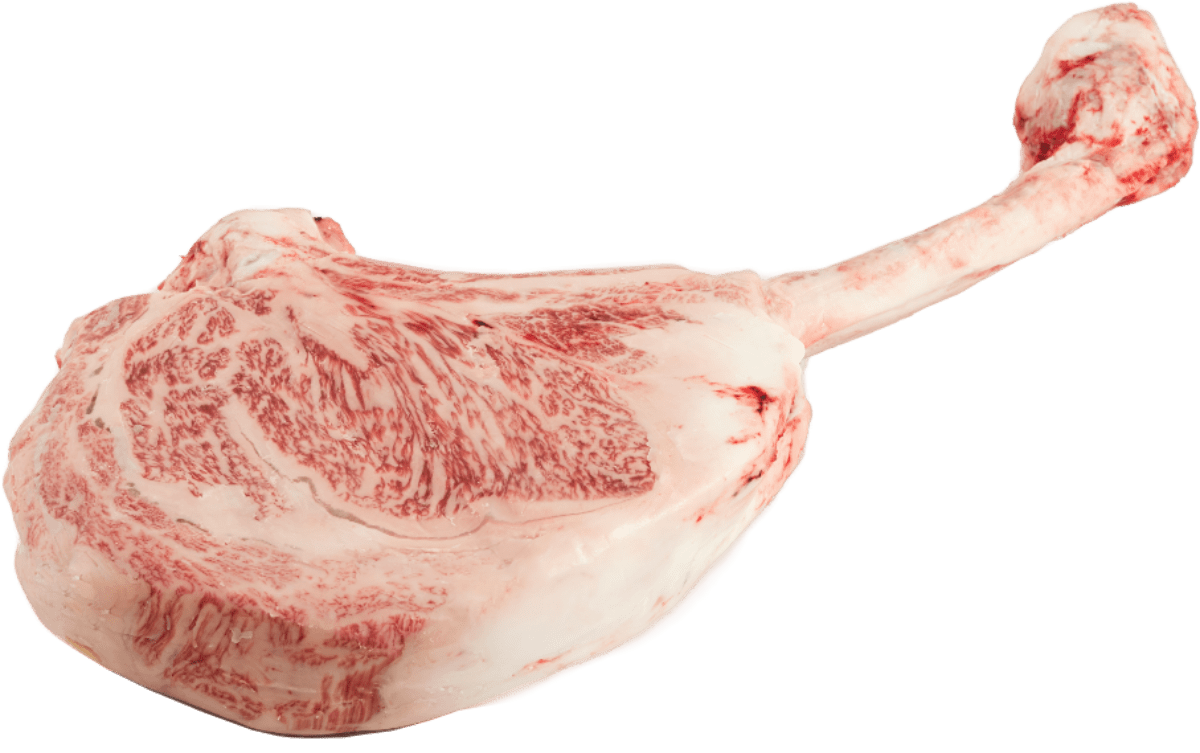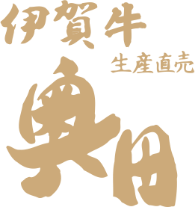Australia Wagyu VS Japan Wagyu

It’s not just people you know. Cows, too, have migrated to Australia.
Before Japan’s export ban on Wagyu genetics, some Wagyu cattle (also frozen embryos) were transported to Australia. Cattle stations took the risk of raising Japanese cattle with Australian farming conditions, but their breeding programs succeeded. Today, Australia exports over 80% of their locally-produced Wagyu beef.
Even we at Wmart Supermarket stock a range of Australian Wagyu beef alongside Iga Beef, our exclusive Wagyu beef from Japan.
Our customers like to say that the best Wagyu beef is from Japan. Do we agree? Well…
Made in Japan or Made in Australia?

The word ‘wagyu’ literally translates to ‘Japanese cow’, so of course we agree that Japan has the best Wagyu beef. Wagyu cattle is Japanese, after all. It’s like saying Malaysia produces the best Kedah-Kelantan Cattle, as you would translate from ‘Lembu Kedah-Kelantan’.
Although Wagyu cattle originate from Japan, thousands of their progenitors are now bred and processed in Australia. The result is beef that retains that Wagyu tenderness, with its own unique flavour thanks to Oz climate and farming methods.
Wagyu cattle that never left Japan soil maintain their pure lineage, and through them, old-world farming traditions live on. Traditions like farmers sharing their year’s grain harvest with their cattle. They also tend to be raised longer, through the cherry blossom and winter seasons. This isn’t just a beef farm operation.
Australian VS Japanese Marbling Scores

Impressive marbling is what sets Wagyu beef apart from commercial beef, and this marbling is officially graded.
According to the page-turner, Handbook of Australian Beef Processing (2021 Edition), “Marbling is the fat that is deposited between muscle fibres (intramuscular fat). Marbling is assessed on the chilled carcase at the M.longissimus dorsi muscle and scored against the AUS-MEAT / MSA Marbling reference standards.”
Foodies would be further delighted to read: “The MSA grading system uses MSA marbling scores in the prediction of eating quality.”
The AUS-MEAT and Meat Standards Australia’s (MSA) marbling systems are equivalent to Japan’s Beef Marbling Standards (BMS). At present, Australian Wagyu beef tops out at MS 9. Anything above a 9 is graded as 9+. The highest BMS grade, on the other hand, is 12, which can only be found in Japanese Wagyu beef.
When buying Wagyu beef, let the marbling score can guide you in how lean or tender you’d like your meat to be, and determine your “eating quality”.
Country with the Most Expensive Wagyu Beef

To give you a better idea on how much Wagyu beef costs, we rooted through Wmart Supermarket’s inventory for Wagyu steaks that recently sold out:
(Japan A5) Iga Wagyu Tenderloin: RM113 per 100g
(Australia MS 8/9) Phoenix Master Select Wagyu Tenderloin: RM83 per 100g
Wagyu beef imported from Japan is generally more expensive due to demand, and how labour- and time-intensive it costs to produce it. At the farm that produces Iga Beef, the Wagyu cattle eats a richer feed (a mixture of 18 to 20 types of grain compared to the typical 8 that other Wagyu cattle are fed). All this adds to a richer taste and premium price tag.
That said, certain cuts made with Japanese Wagyu Beef aren’t available. Our customers prefer to pick up Japanese Wagyu beef for Japanese dishes such as yakiniku, shabu-shabu and sukiyaki. When it comes to big, mouth- and eye-watering tomahawk steaks, our Australian Wagyu beef is more popular.
Branding Wagyu Cows

Hopefully it’s clear by now that you’re on a website that sells Iga Beef, which is Wagyu beef produced in Iga, Japan.
On the same note, Kobe Beef comes from Kobe and Saga Beef is produced in the Saga Prefecture, so on and so forth. In Japan, ‘this prefecture only’ breeding policies are strictly adhered to.
Such restrictions don’t exist in Australia, so Australian Wagyu beef don’t have to be named after their cattle station locations. We suppose it would be unimaginative to call such premium meat South Australia Beef, and Poowong Wagyu can’t quite pull off that Far East flair.
Australian brands could therefore relate to something else, like a family name. For instance, Blackmore Wagyu beef is produced by the Blackmore family, one of the pioneers of Wagyu cattle farming in Australia. Another Aussie brand we import is Tajima, named after the Tajima bloodline of black-haired cattle, the Wagyu breed that produces Kobe Beef. We also get our meat from Mayura, another established producer of 100% fullblood Wagyu cattle. We like their 5-star finishing course for their cattle, affectionately known as the ‘Mayura Moo Cow Motel’.
Whether you are a branding nerd or you like placing delicious destinations on menus, be assured you are eating your way through two countries.
So what difference has Australian Wagyu made?
Well, shipping off Wagyu cattle Down Under has revolutionized a stunning industrial agriculture. It has made the best beef in the world more accessible. Today we get to enjoy authentic Japanese Wagyu beef as well as a variety of taste and texture from their Australian-but-100%-fullblood herds.
Now that you understand which Wagyu beef boasts the highest marbling, how the meat is processed and price differences, we hope that you are more confident when shopping for Wagyu beef. At Wmart, we import halal Wagyu beef from both Australia and Japan. Iga Beef is our most premium Japanese Wagyu beef. We also import Angus Beef and other high-quality Australian beef. In other words, we love beef so much that we travel the world to bring home the best beef.
If you love beef too, please contact us. Visit us at Wmart Supermarket, call us or drop us an email.
Need any help?
Got a question about our Wagyu beef? We’re always happy to hear from our customers! Visit our online store or contact us directly for the latest stock and promotion!